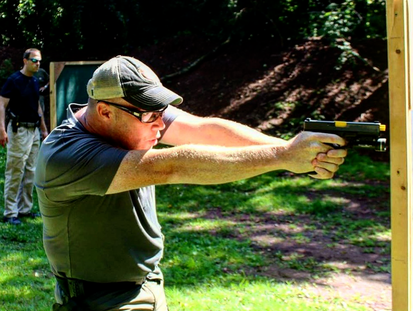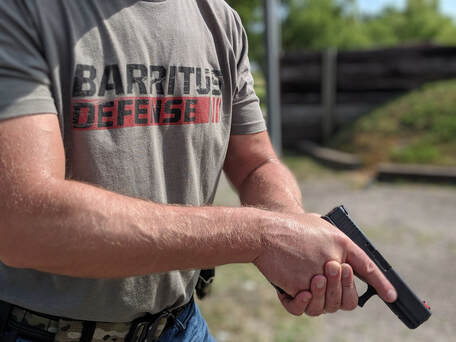|
In my last post, I shared 5 Dry-Fire Tips to Improve Your Shooting. The response was so great, I decided to riff on that last post by sharing a few more tips that have come in handy for me. In case you missed Part 1, you can get spun up by clicking here.
Before we get into the next series of tips, let's remind ourselves why we're dry-firing in the first place. During dry-fire training, we're working to improve our speed, accuracy, and overall proficiency. You can work on all the skills you need to enhance your shooting capabilities during these sessions, except for a few things like recoil and trigger manipulation. Those items we pick up and hone during our live-fire sessions. Before you begin, always make sure you have checked and re-checked your weapon and magazines to make sure there is no live ammunition present during your training session. Now, taking what you've incorporated from my last post, add these things:
1 Comment
If you carry a firearm for your protection, you understand the importance of being prepared for any situation. If you're like me, you don't get out to the range nearly as much as you'd like. However, the reality is that live-fire training is not where you spend the majority of your time building your skills. That's right. Ask any competitive shooter or shooting professional who is at the top of their game, and they'll tell you that you make your money during your dry-fire sessions.
Most people are familiar with dry-fire training, but in case you're not, dry-fire is simply practicing your shooting skills without live ammunition. Dry-fire training has a ton benefits, including improving your accuracy, speed, and overall shooting proficiency. It also helps to reinforce proper gun handling techniques and provides an opportunity to practice weapon manipulation skills. Before we dive into some tips and tricks to maximize your dry-fire training, it is important to emphasize that safety always comes first. Always ensure that there is no live ammunition in the gun or magazine before beginning your dry-fire session. Additionally, always use a safe and secure backstop to catch any dry-fired rounds. Now, let's get to some tips and tricks to help you maximize your dry-fire training: |
Archives
November 2023
Categories |




 RSS Feed
RSS Feed